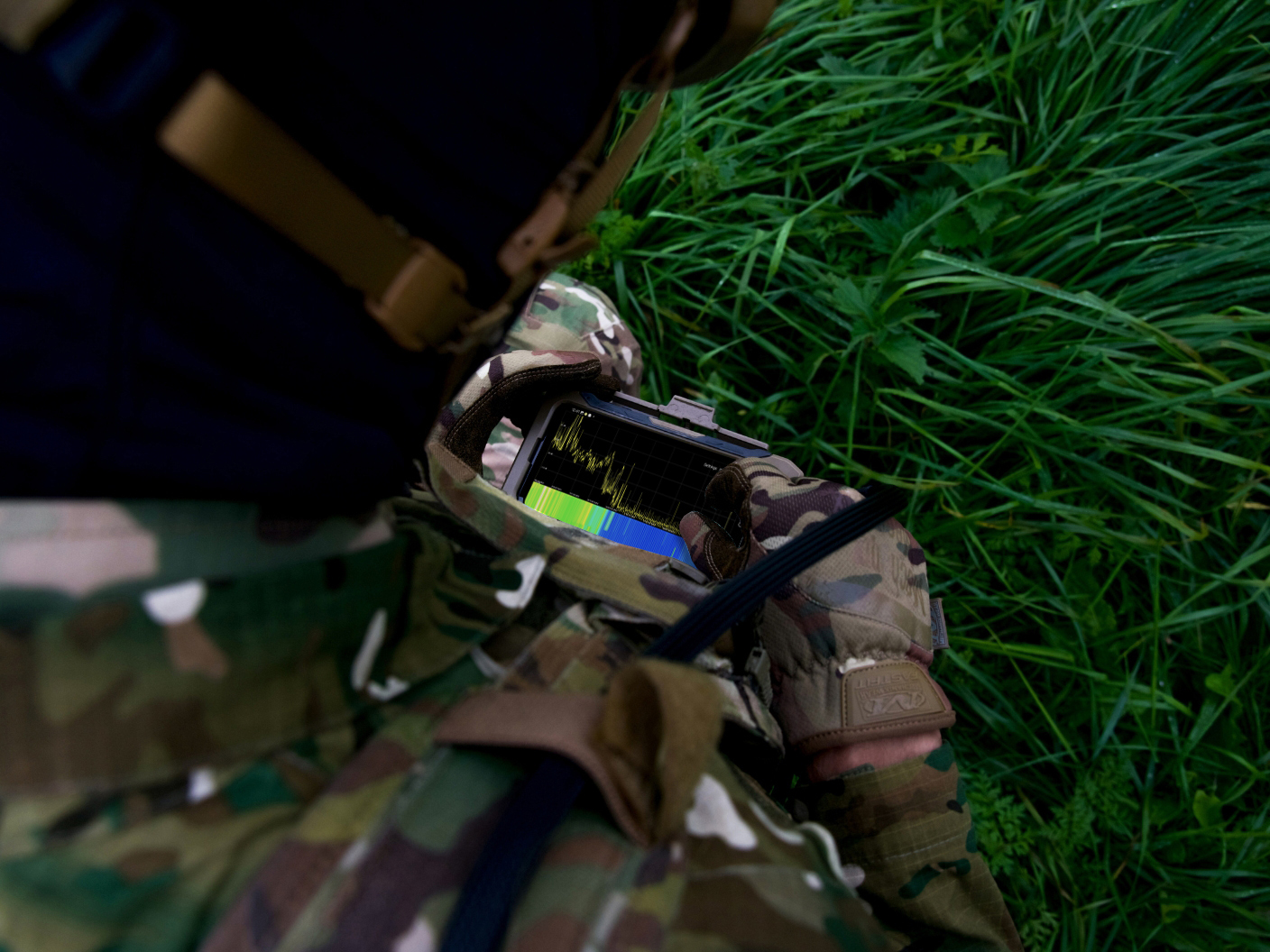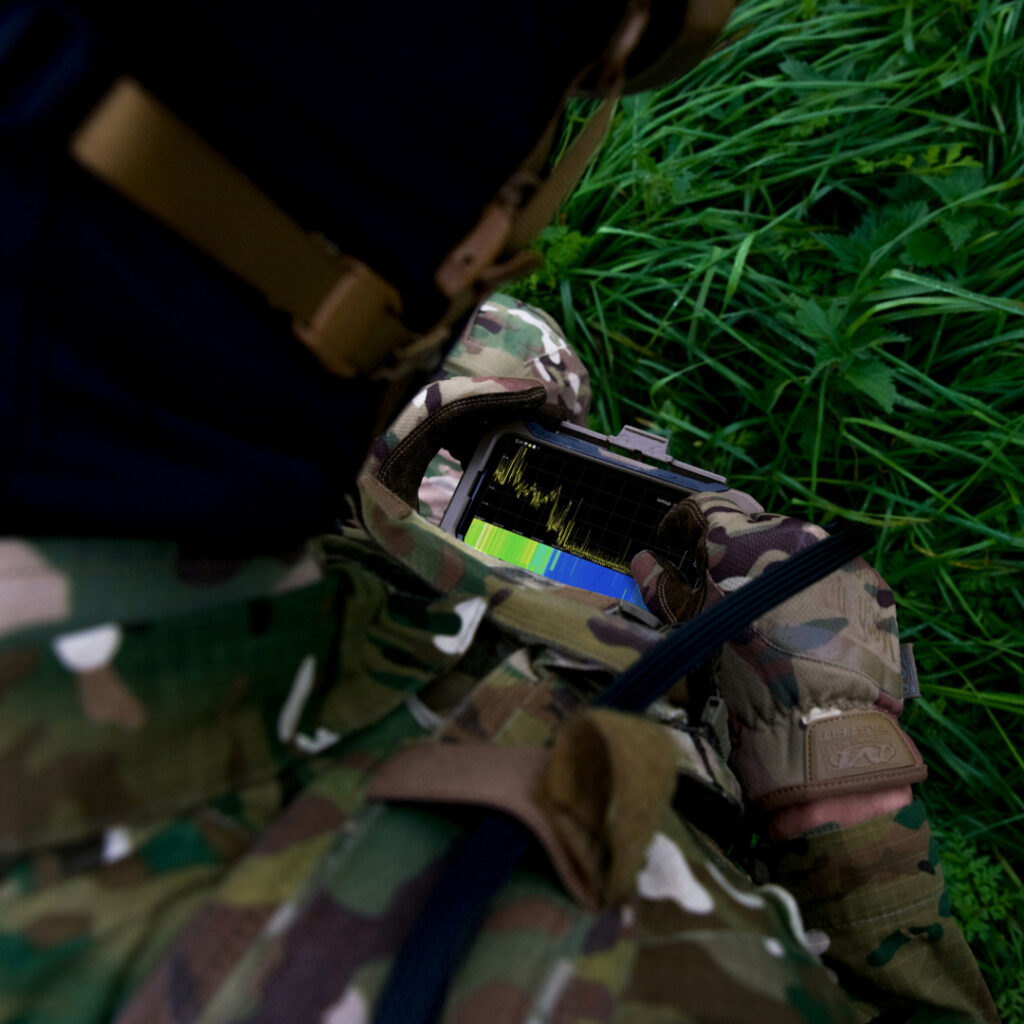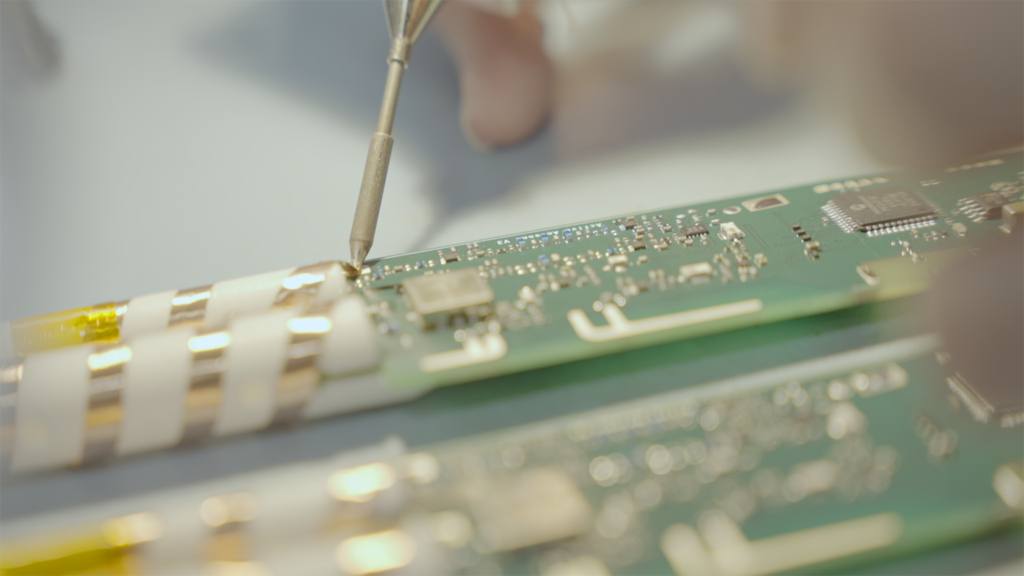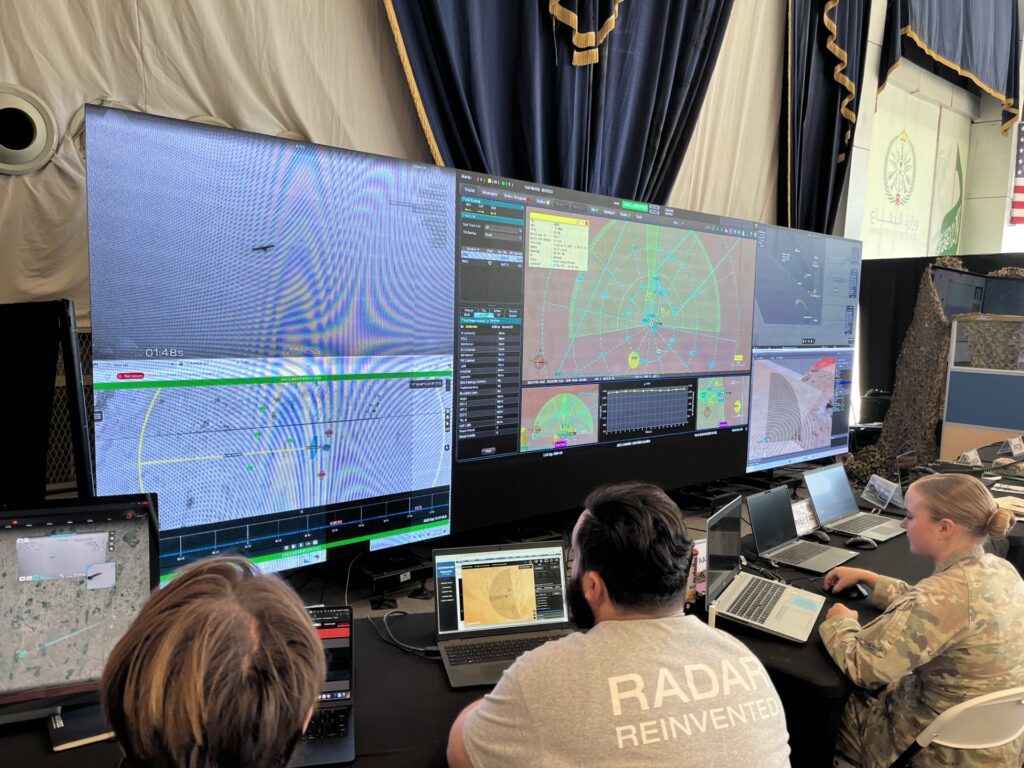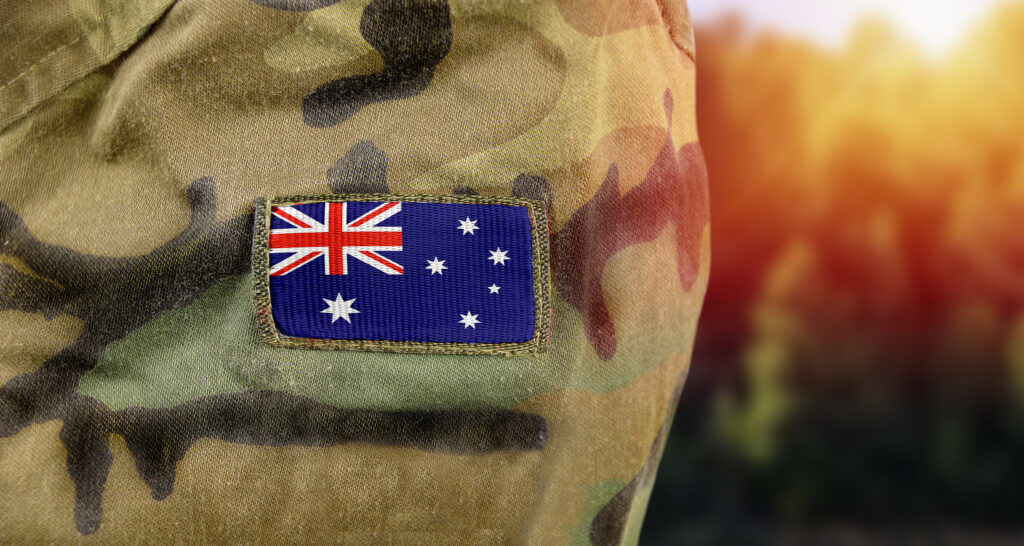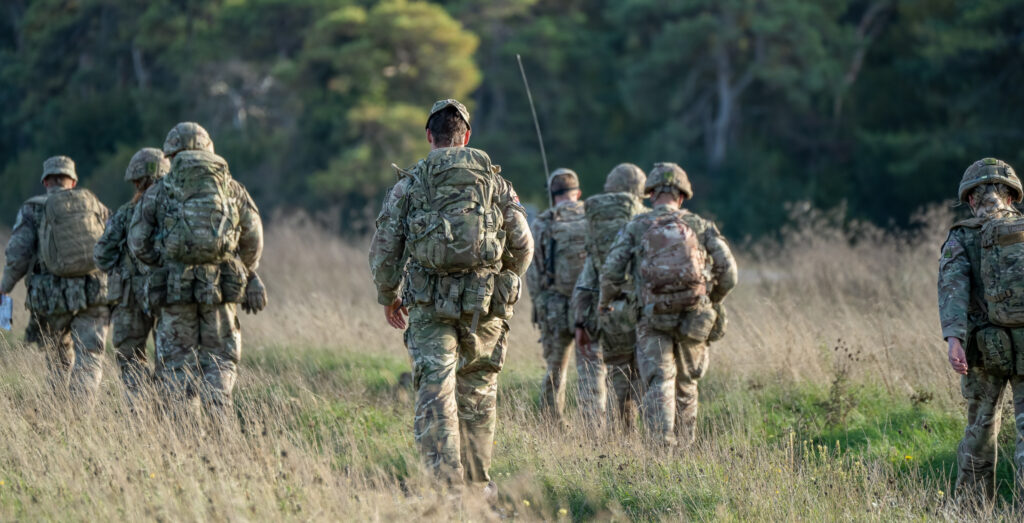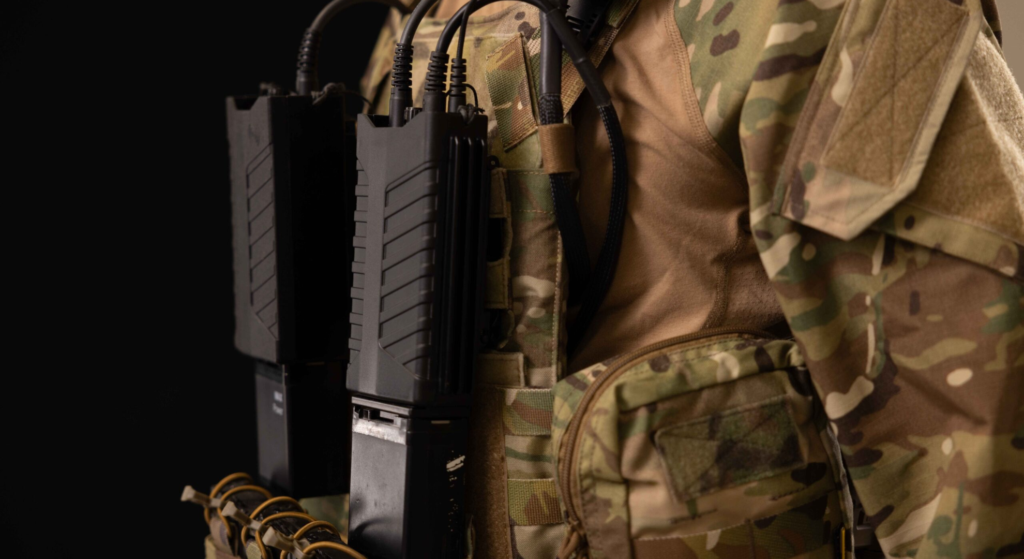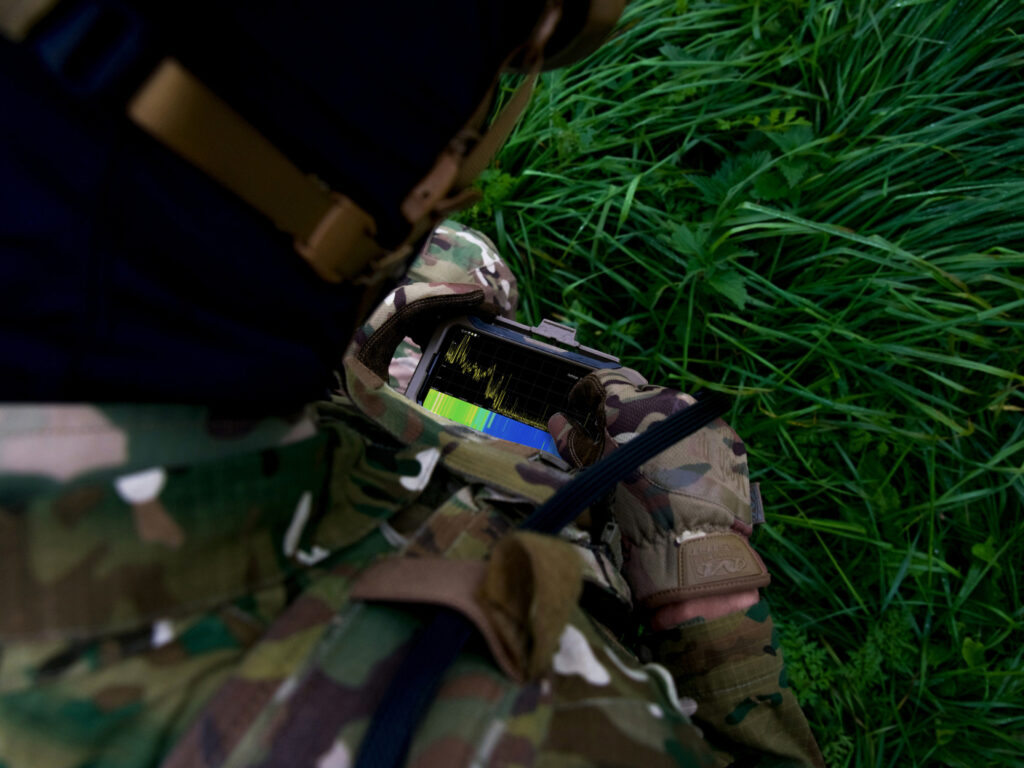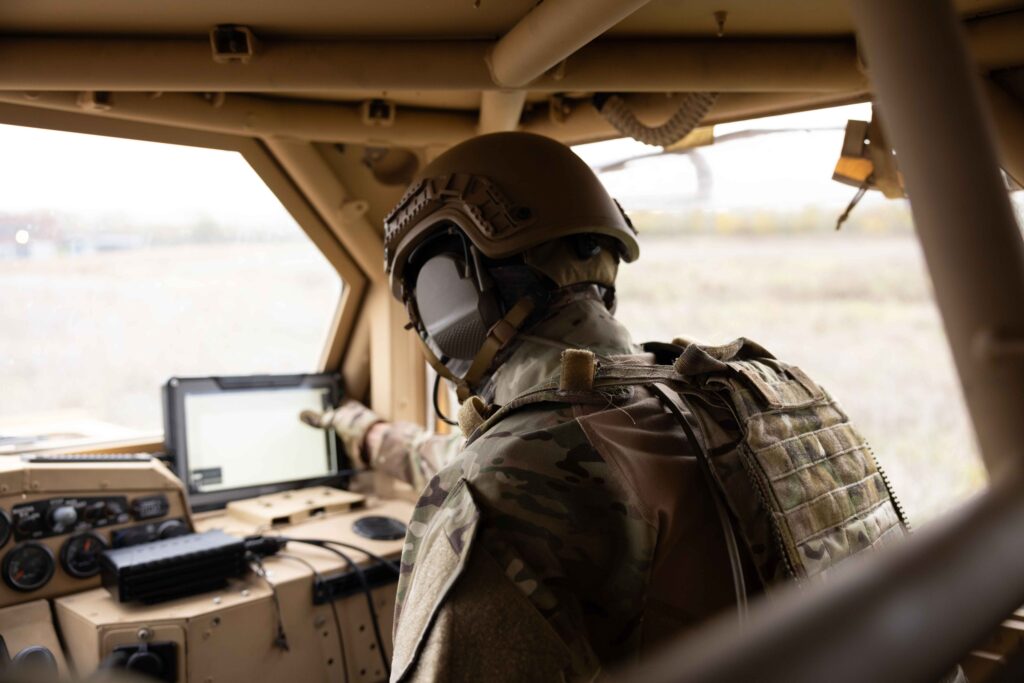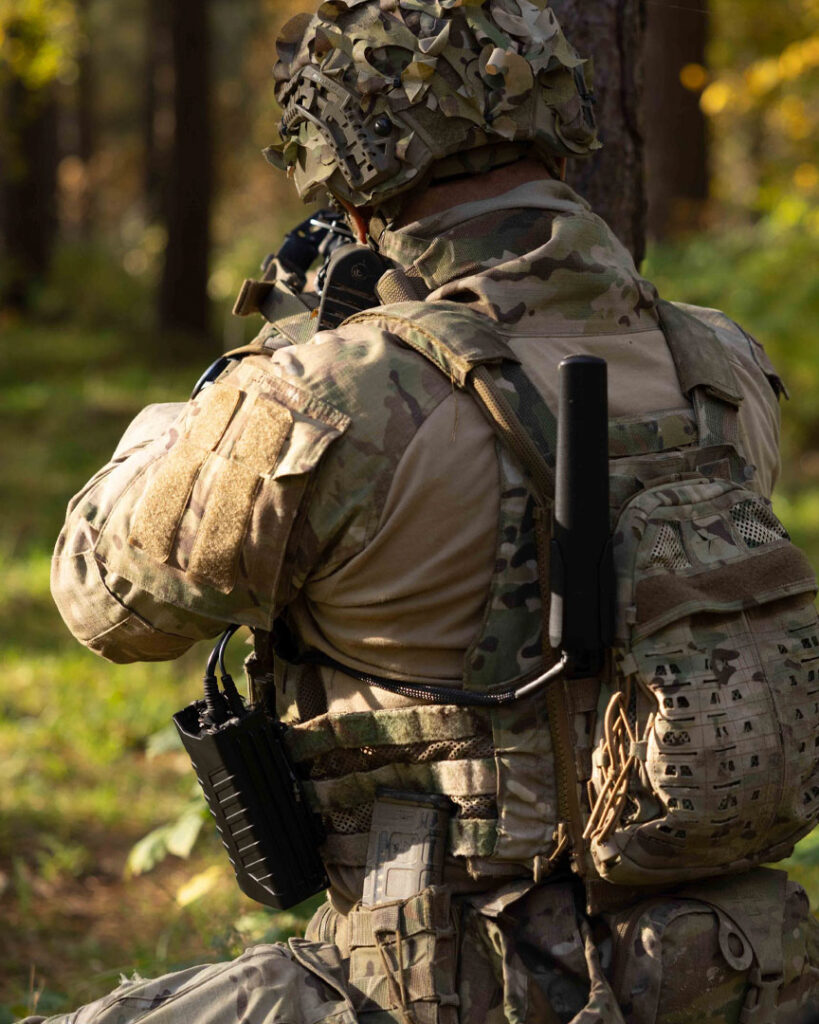Ukraine’s Battlefield:
A Blueprint for Modern Warfare

At a recent presentation, MyDefence analysed key lessons from Ukraine’s ongoing conflict, shedding light on a battlefield dominated by 24/7 surveillance and low-cost drones capable of neutralizing high-value military assets. This increased use of aerial power has fundamentally changed the strategic landscape, demanding immediate and innovative C-UAS solutions. The critical question arises: Are current C-UAS strategies sufficient in challenged environments like Ukraine?
The answer is clear: they are not. Existing C-UAS systems struggle to keep pace with rapidly advancing drone technologies and tactics. The conflict in Ukraine has shown that outdated defences are no match for the complexities of modern warfare, where drones operate autonomously in swarms, overwhelming conventional countermeasures. This reality demands not only re-evaluation but also the urgent development and deployment of next-generation solutions, and how these are used in a NATO doctrine in the modern battlefield.
AI-Powered Drone Swarms are Next
Autonomous drone warfare is transforming the battlefield at an unprecedented scale, fundamentally rewriting the rules of engagement. AI-powered drone swarms, paired with hybrid tactics, are expected to become game-changers on the battlefield, outmatching traditional defences with their unparalleled speed, precision, and adaptability.
While fiber-optic-guided drones, though currently expensive and impractical, represent a potential future of un-jammable technology, approximately 95% of drones today remain highly susceptible to efficient jamming, making C-UAS one of the most effective countermeasures available. This future development underscores the critical need for ongoing investment in robust and innovative solutions capable of neutralizing these emerging threats, which is why we at MyDefence, we are proactively addressing the growing sophistication of systems designed to circumvent traditional defences.


Interoperable Defence Systems are Essential
In the chaos of combat, simplicity and reliability are paramount. Ukrainian forces have demonstrated the importance of intuitive systems that require minimal setup, allowing soldiers to focus on the mission rather than the technology.
Layered defence strategies – integrating RF detection, radar, and jamming technologies are proving to be the most effective counter to evolving threats. These systems create a multi-tiered defence that is adaptable to the shifting dynamics of modern battlefields. Furthermore, interoperability with advanced platforms like Palantir and Brave1 has given Ukrainian forces unmatched situational awareness, streamlining decision-making in demanding situations.
Ready to Meet Modern Warfare Challenges
MyDefence is leading the way in developing advanced technology to tackle the challenges of modern conflicts. By focusing on counter-drone systems (CUAS), signal intelligence (SIGINT), and electronic warfare (EW), MyDefence addresses both the immediate needs of today’s battlefields and preparing for the challenges of the future, by equipping the soldier with enhanced capabilities to achieve Electromagnetic Spectrum Dominance.
In Ukraine, MyDefence is working closely with local defence partners to create fast, practical solutions that adapt to the changing nature of warfare. Their systems are designed to work seamlessly with third-party platforms, giving military forces better coordination and situational awareness to stay ahead in complex environments.
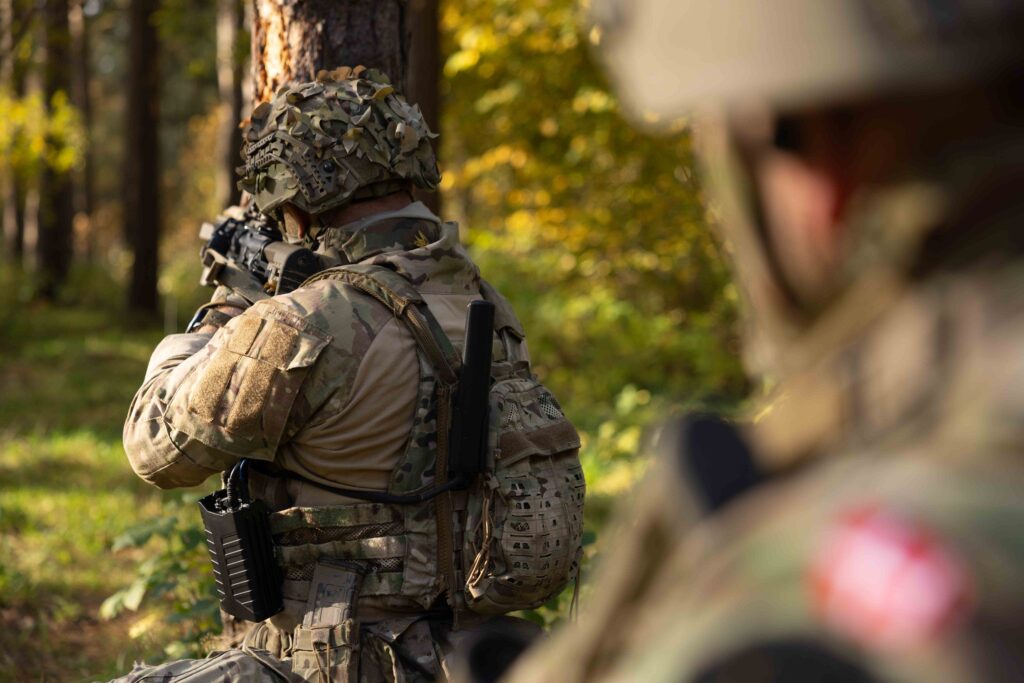
The Future of Warfare:
Adapt or Obsolesce
Ukraine’s conflict underscores a vital truth: victory on the battlefield will depend on embracing new technologies, remaining adaptable, and fostering collaboration. The alternative? Falling behind and risking irrelevance.
At MyDefence, we are dedicated to equipping military forces with battle-proven, reliable solutions tailored to the demands of today’s and tomorrow’s warfare. By focusing on tomorrow’s technology and staying ahead of emerging threats, MyDefence is playing a fundamental role in protecting lives and critical infrastructure.


